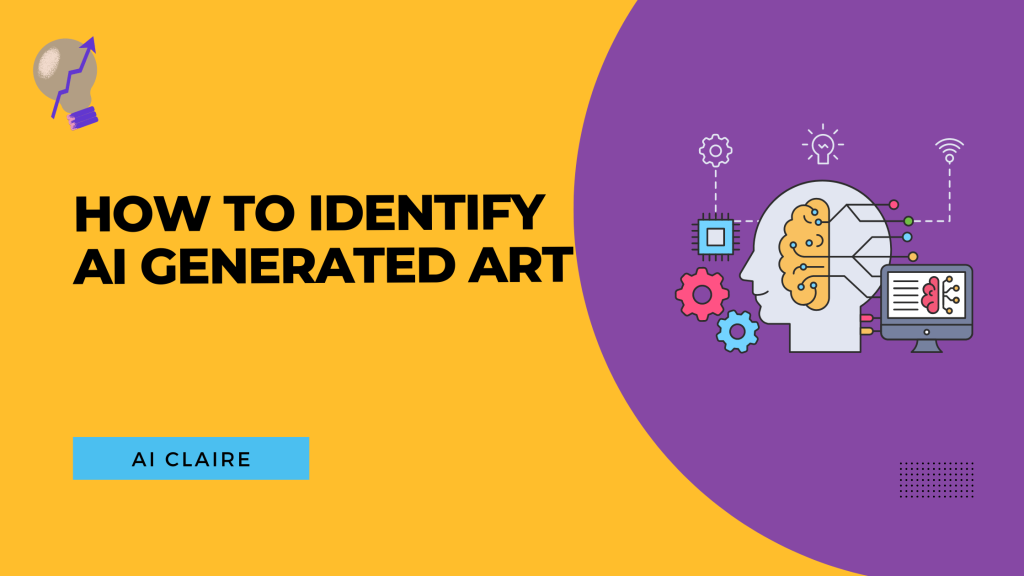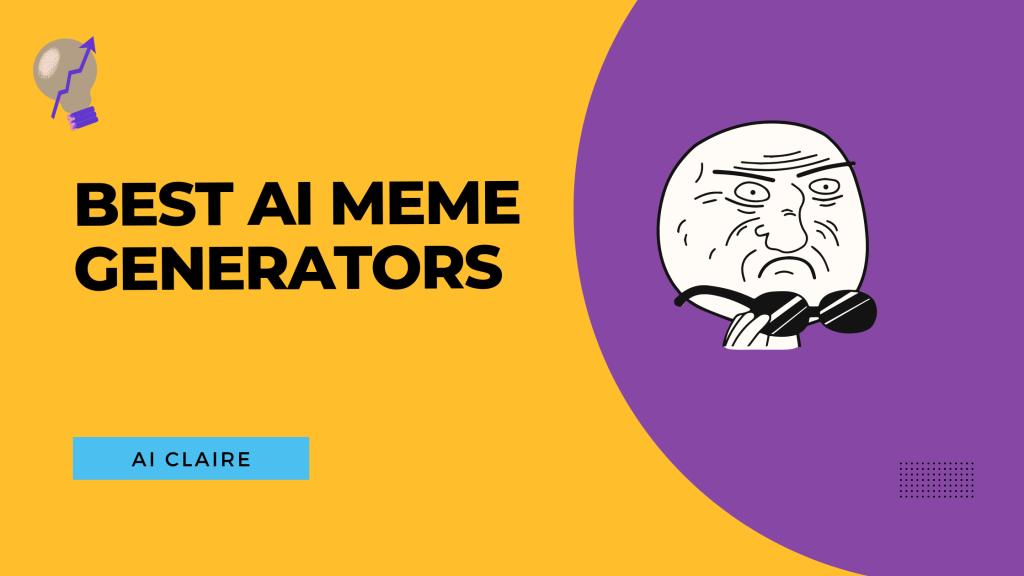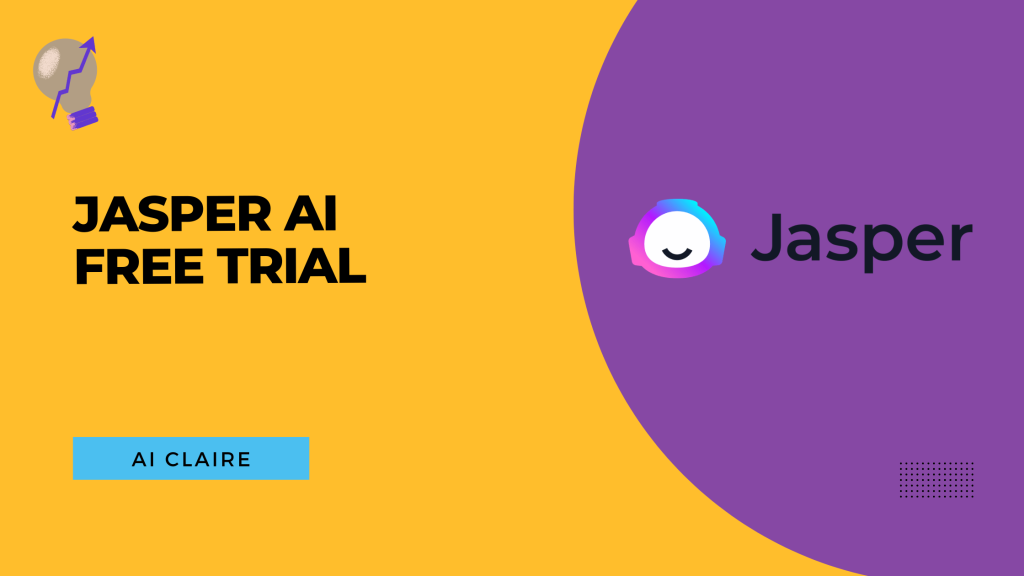AI-generated images started sweeping the internet in recent years, and they became widely popular in 2020. AI-generated images are common in advertisements and television series, but some people exploit them to disseminate false information. While many photos are innocent, others have angered many people by making politicians’ faces appear as though they are doing something they haven’t.
AI-generated images (generative adversarial networks), a subclass of artificial intelligence models, are responsible for producing these deep fakes (generative adversarial networks).
How do AI-generated images come to be? Two networks engage in conflict with one another. Using an existing photo data collection, the generator creates fictitious images. On the other hand, the discriminator develops the ability to distinguish between authentic and these fictitious images. Simply put, the task of the generator is to deceive the discriminator into thinking the visuals are real. In this approach, the generator creates increasingly realistic images to deceive the discriminator as it becomes more adept at spotting AI-generated images.
Ways To Identify AI-Generated Images
While you might be aware of AI-generated images, you might not be aware that AI-generated images can also be still pictures. Artificial intelligence (AI) may create fake faces that resemble actual individuals quite closely. It’s nearly hard to tell a real face from an AI-generated imitation since these algorithms have gotten so good over time.
Now, you might wonder if this whole process is so well-organized and highly optimized, how does one distinguish between a real image and an AI-generated image? Well, don’t worry because we are here for your rescue! Here are some things you can look out for to identify AI-generated images:
1. Messy Hair:
Straight-haired AI faces frequently have incredibly straight lines, giving the impression that the wearer has spent a great deal of time perfecting their look with a set of styling products. You might see that a longer hair strand seems smudged and painted if you can look closely enough. While individual spots will continue to resemble hair precisely, it’s a subtle detail that algorithms don’t always get right.
If the hair is frizzy, with random airy parts around the neckline or thick strands that appear out of order, that is yet another indication that you are looking at an AI-generated image. Although hairstyles come in a wide variety, it can be challenging for an AI-generated image to accurately capture the degree of detail.
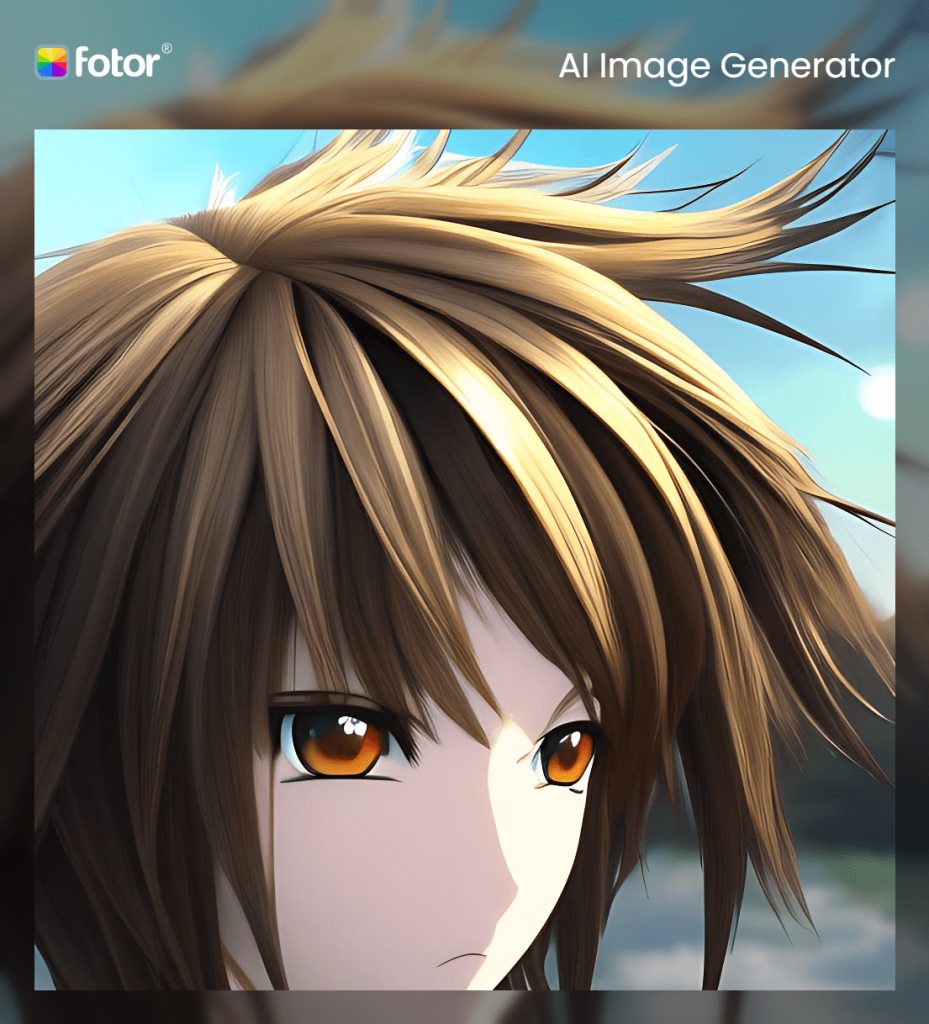
2. Missing Jewelry:
The tiny asymmetry of an image can be used to identify it as artificially made. Not only does the right ear’s hair appear fuzzy and odd, but the ear also lacks an earring that is visible on the left half. As a perspective-building exercise, you could also argue that the right ear does not have an earring, but the left ear does.
With the possible exception of creating the appearances of boy bands in the 1990s, algorithms have no rational thinking and no rule stating that if an earring is visible on one side, it must also be present on the other side. As a result, the algorithms can produce facial traits or accessories incorrectly.
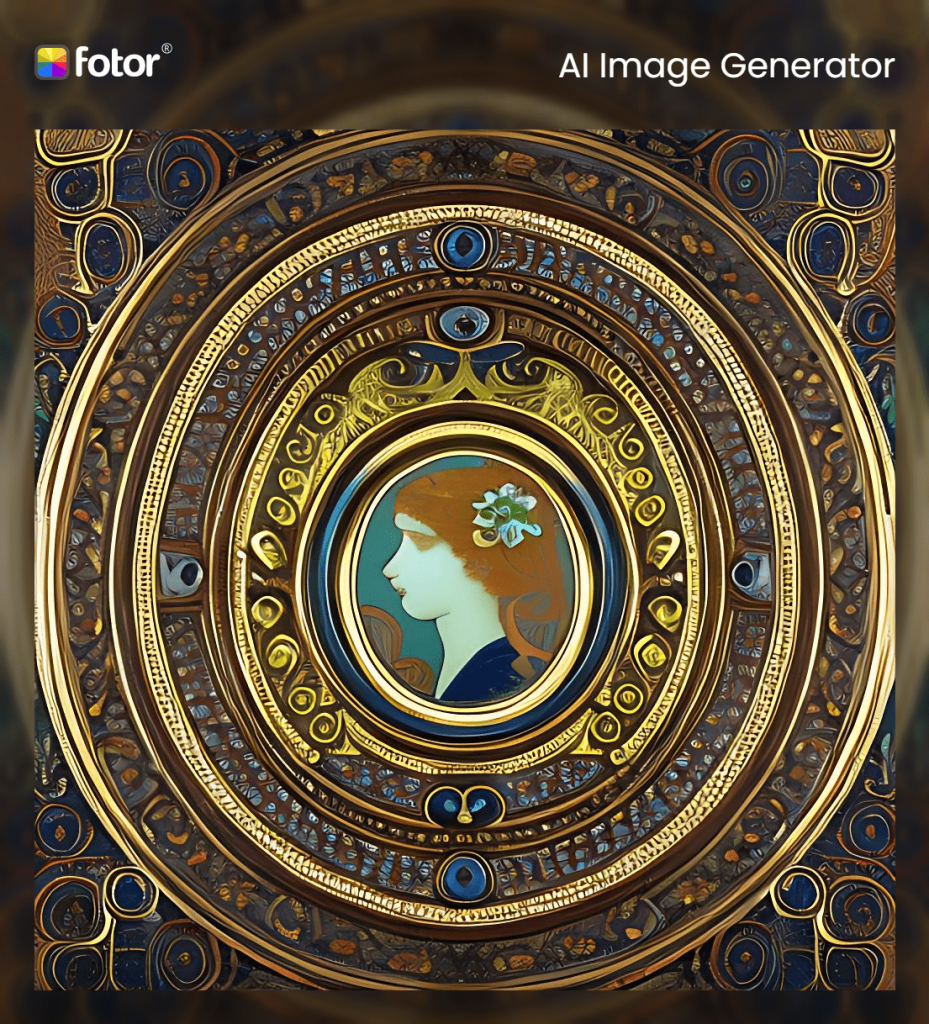
3. Weird Teeth:
The teeth area is one of the main flaws in most AI-generated images. A small area with a clear structure is challenging for the processor to recreate. The teeth in AI-generated images are frequently hazy. Other times, the teeth are out of alignment, or a particular tooth has grown or shrunk.
Also, it displays an excessive number of teeth in a few photos. When simulating teeth, there can be a lot of shadow effects. Even in high-quality AI-generated images with significant budgets, the teeth can still appear weird.
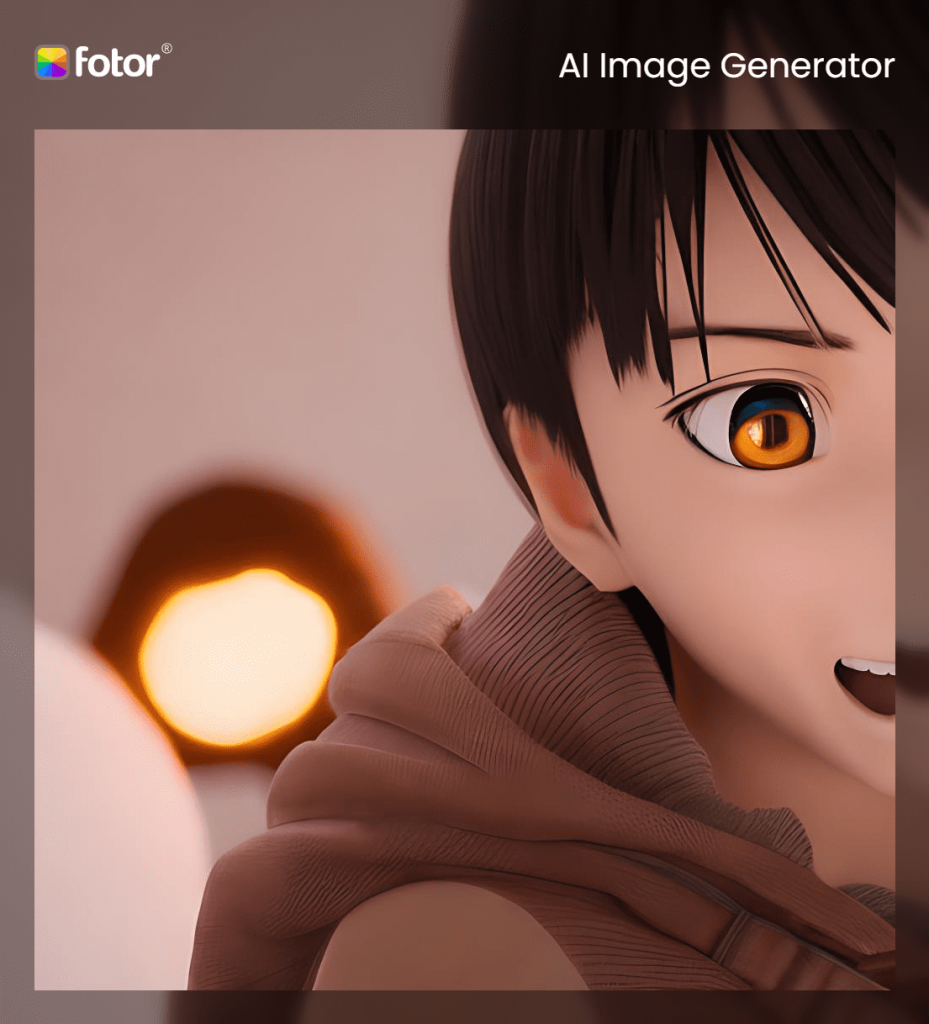
4. Semi-Regular Noise:
Sometimes semi-regular noise with the vertical or horizontal band can be seen in otherwise monochromatic areas. In the circumstances mentioned above, the network is most likely attempting to mimic the feel of the fabric. An extremely noticeable noise pattern often referred to as checkerboard artifacts, is seen in older AI-generated images.
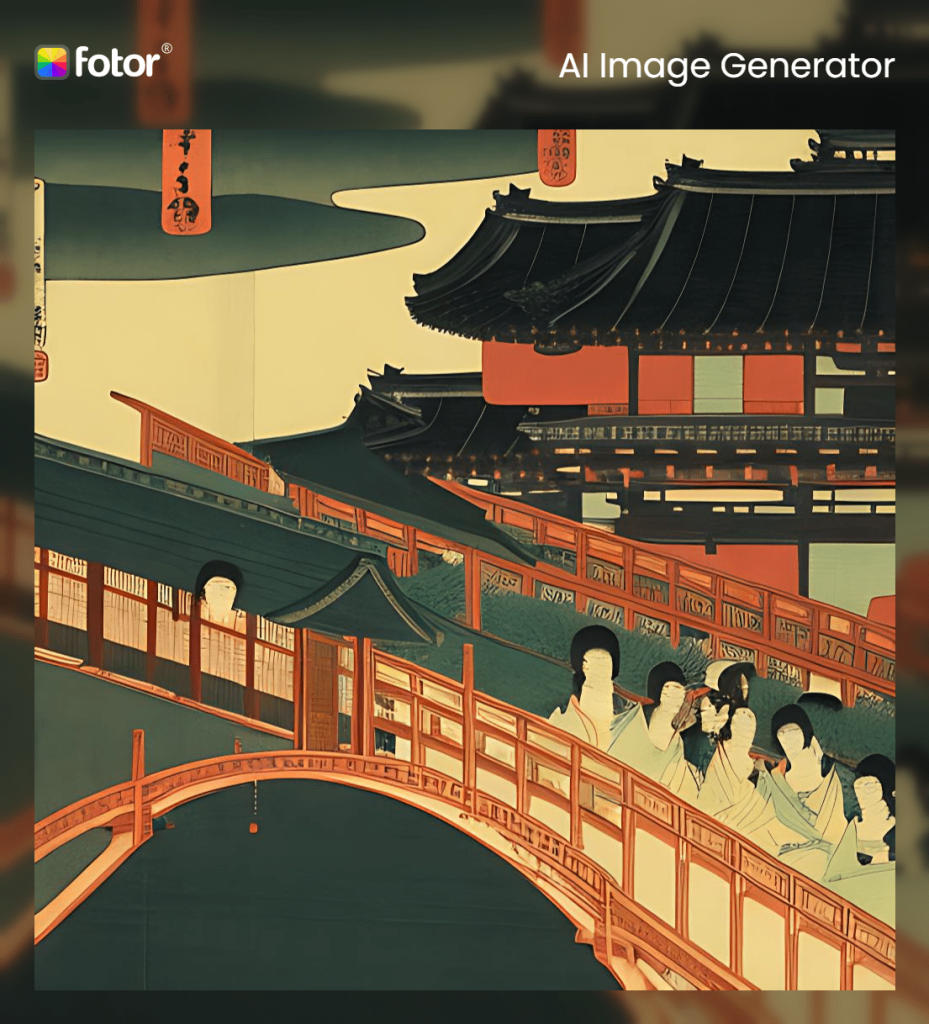
5. Unrealistic Background:
The fact that all the machine learning models have been centralized is one of the reasons why an AI-generated image’s faces appear realistic. As a result, there is less variation in, for instance, the positioning and modeling of ears and eyes for the AI-generated image to represent. On the contrary, the background might have anything in it. Since this is a lot for the AI-generated image to represent, it ends up recreating broad background-like patterns instead of real backgrounds.
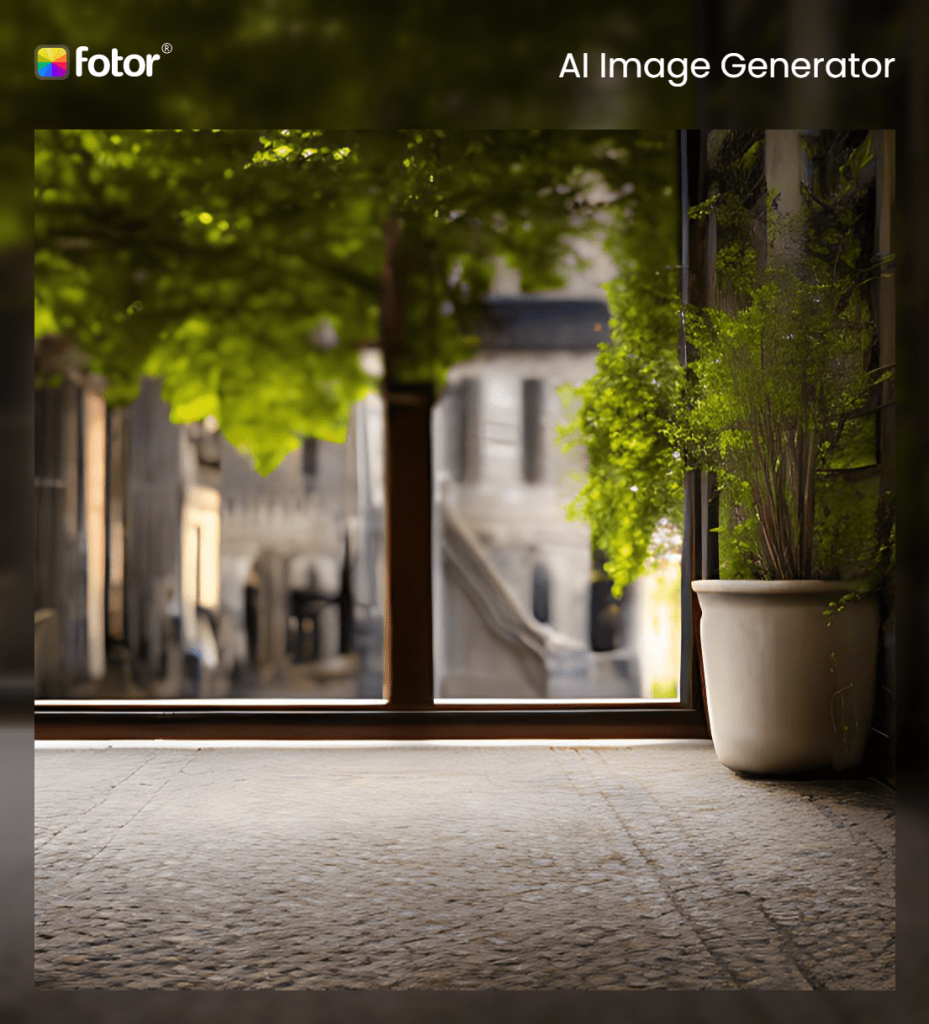
6. Reflection:
Our eyes mirror the image we observe when we gaze upon something. The reflections on the irises would typically appear to have the same form and hue in a real photograph or film. However, the majority of artificial intelligence-generated images, including AI-generated image images, fall short of accomplishing this correctly or consistently. This may be because the fake image was created by combining several photos.
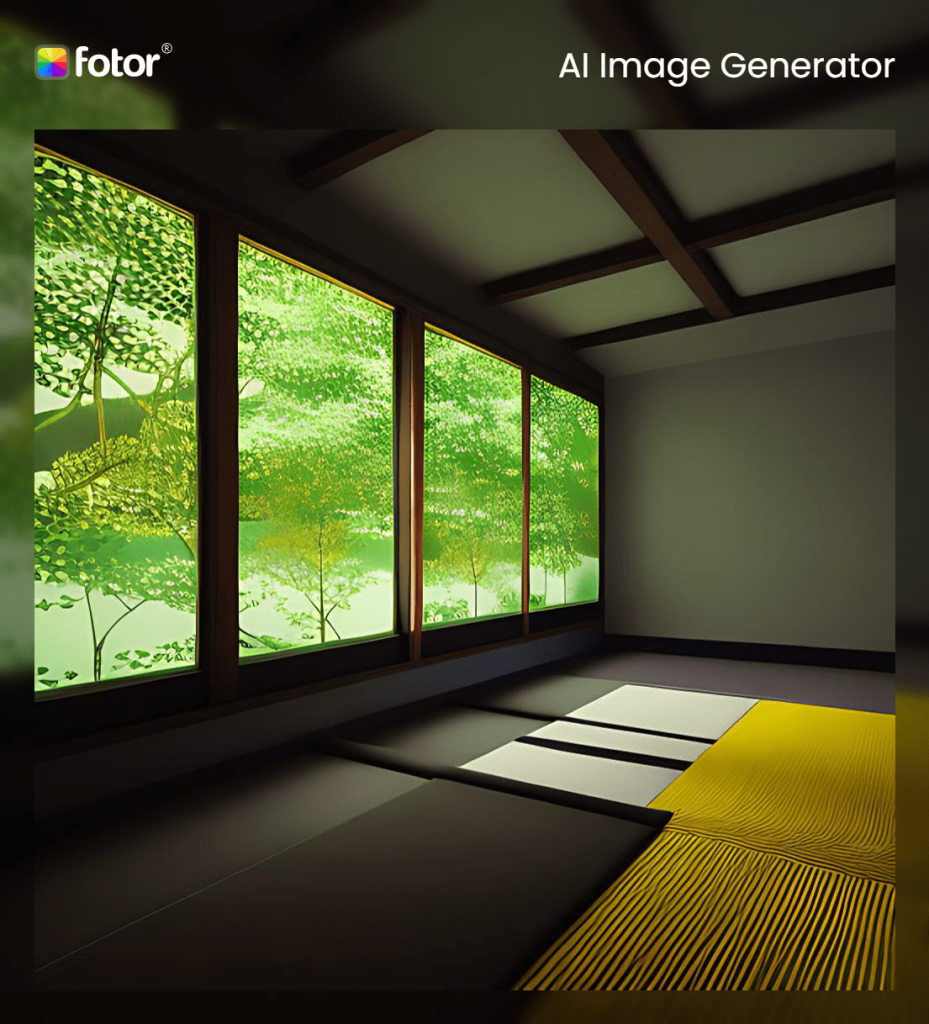
7. Awkward Posture:
Another sign of an AI-generated image is when someone’s head or body is posed awkwardly or irregularly, or when their figure doesn’t seem genuine. This is one of the easier irregularities to spot because algorithmic technology often focuses on facial characteristics rather than the full body.
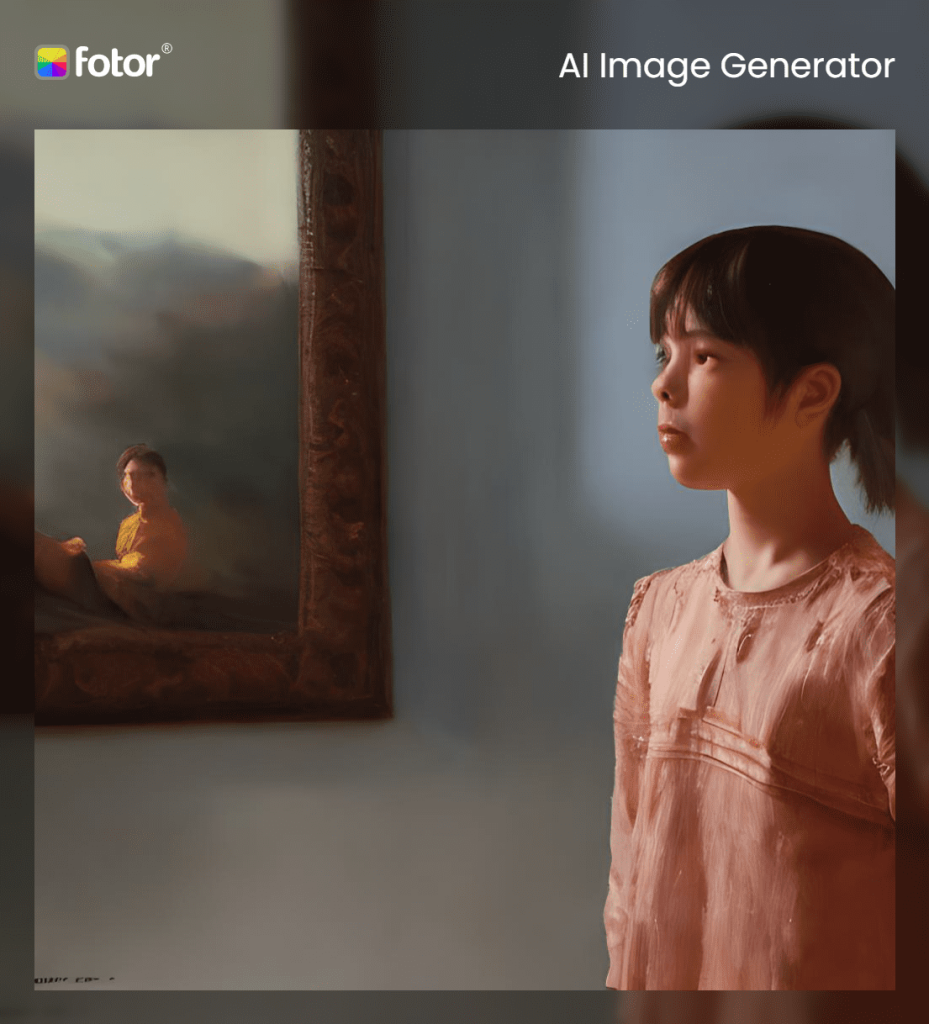
8. Find Watermark:
There are many images generated platforms in the market, but the issue of watermark images created on them, especially on their free plan or trial version. Not all are important, but you can always see the small company logo, which means the image is subject to an AI image generator which indicates that the image is produced by AI technology.
One of the other important clues for identifying AI images is a watermark. If you download any images on DALL-E 2 you will find a watermark on each image.
Ways To Identify AI-Generated Art
This was all about detecting AI-generated images, but you’ll be surprised to know that AI is very much capable of replicating paintings and other artworks.
AI-generated artworks are precisely that: paintings generated through machine learning. Machine learning is one of the many methods through which the algorithm learns how to produce art. This means that before attempting to replicate what it has learned about artwork, the system first learns to grasp the commonalities of a group of data, in this example, a collection of artworks.
This means that if the AI is fed a collection of photos from the early renaissance, it will gradually be able to recreate an artwork that resembles the Renaissance paintings.
Here are some ways to identify AI-generated artwork:
- Artificial intelligence (AI)-generated art appears procedural; you can become accustomed to spotting certain swirling patterns.
- Everything is processed by AI in the same pattern.
- When focusing on the most crucial aspect of their work, artists use more definition and detail.
- You may typically focus on details with artworks that have been photographed and converted to digital format.
- Images that are abstract, surreal, or in a landscape may appear believable, but AI is unable to create intricate, realistic settings with people in them.
- AI-generated art typically has poor resolution and little detail.
- While AI may mimic brush strokes and textures, it only does it in a highly mechanical manner that ignores object form.
Conclusion
Even though AI picture generators have only been around for a year, it is already clear that some people are significantly more skilled than others at producing AI images. Despite utilizing the same software, people who have worked with the algorithms for thousands of hours can produce photographs that are significantly better than those of the average user.
The question that now emerges is whether AI-generated art should be copyrighted.
Given that everyone’s opinions on this matter differ, it is a difficult question. While some nations have made AI-generated art subject to copyright protection, others do not.
One could argue that because the algorithm is doing the job, copyright claims are invalid because anyone can easily duplicate them. On the other hand, based on the information supplied by the artists, the same AI system will produce various works of art. So far, there is no right answer to this question, however, AI-generated art is currently copyright-free.

